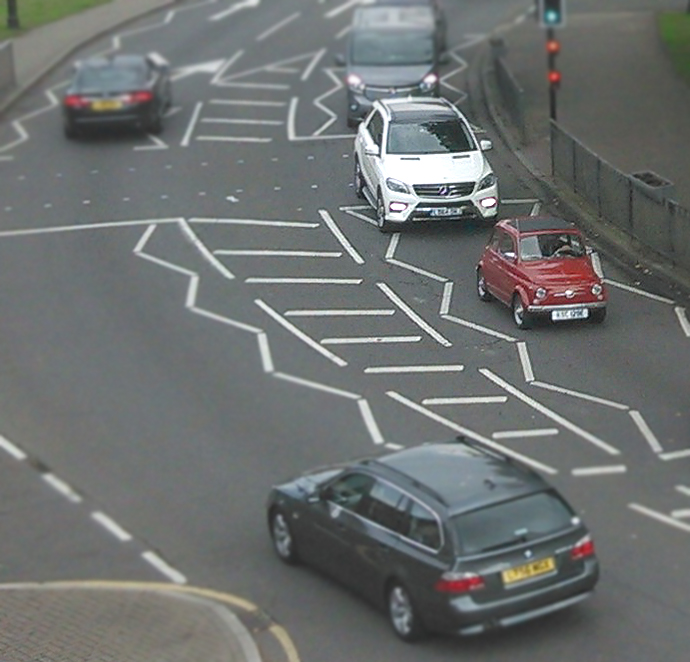
If you believe all that is said about driverless vehicle technology, cars as we know them are getting old. It might explain why they are piling on the pounds.
The Fiat 500 was arguably the world’s first city car. In its earliest incarnation, the tiny vehicle weighed 500 kg and managed around 50 mpg. It’s 2016 descendent is considered no less desirable by today’s city folk. However, it weighs two-and-a-half times more while struggling to match its predecessor’s fuel figures.
Even when car manufacturers aren’t cheating emissions test overtly, it is pretty much accepted that the official data for fuel economy are far from accurate, measured as they are in the laboratory. It is not unusual for real-world performance to be 25 per cent less than that claimed. One of the reasons today’s cars are so heavy is that they have evolved features to better protect their occupants.
Nobody would argue that today’s cars are not more comfortable, reliable and safer for passengers than their 1950s counterparts, but as they have become heavier as they’ve grown in size, they pose an increased risk to pedestrians, cyclists and drivers of lighter cars in the event of a collision.
Very light cars like the electric G-Wizz are classed as quadricycles – four-wheeled vehicles with an unladen mass not more than 400 kg. They are designed to operate in urban areas at low speeds. The fact quadricycles are lighter than conventional cars makes them less of a risk to pedestrians and less damaging to the road surface. And while most urban drivers have little need for powerful engines (Greater Manchester has an average traffic speed of 12.1 mph, Leicester 13.6 mph, London 14.6 mph according to 2008 figures), light cars don’t have to compromise on performance.

The Edison Very Light Car
The Edison 2 Very Light Car is a four-seater that delivers 120 mpg. The futuristic-looking vehicle uses a rear-mounted, single-cylinder motorcycle engine running on a blend of 85 per cent ethanol and 15 per cent petrol to produce 40 horsepower. It is capable of carrying four people a distance of 200 miles on one load of fuel. It’s no slouch either; it can accelerate to 60 mph in 12 seconds and go on to a top speed of 100 mph.
It may be that today’s heavy cars are a swan song before technology takes drivers out of the equation. Once motorists no longer need protecting from themselves, cars can rediscover the lightness and litheness of their youth.
ETA breakdown cover
Established over 25 years ago, and with over 5,000 recovery trucks on call 24/7, we have a proven track record of providing efficient, reliable breakdown cover. We have been voted Britain’s most ethical insurance company by the Good Shopping Guide.
We handpick only the best local mechanics and garages around Britain to send out if you break down. We believe this way of working is efficient, environmentally friendly and helps supports local communities and economies, too.
On top of this, we offset the carbon emissions of the recovery trucks that go out to assist you, reducing the impact your breakdown has on our environment. Every breakdown policy you buy helps fund the work of our charity, the ETA Trust, which campaigns for a safer, cleaner transport future.
Tony Williams
“Once motorists no longer need protecting from themselves, cars can rediscover the lightness and litheness of their youth.” It’s the first half of that sentence that I question. Nothing that humans produce is perfect or infallible. We may, in twenty years’ time, have on the roads vehicles that can all drive themselves. Between now and then there will be both automatic and human-controlled vehicles, and car safety systems and protection features will still be required. Even when everything is automatic there will still be accidents. If the vehicles are no longer designed to protect their occupants there will be more deaths per incident than there are now.